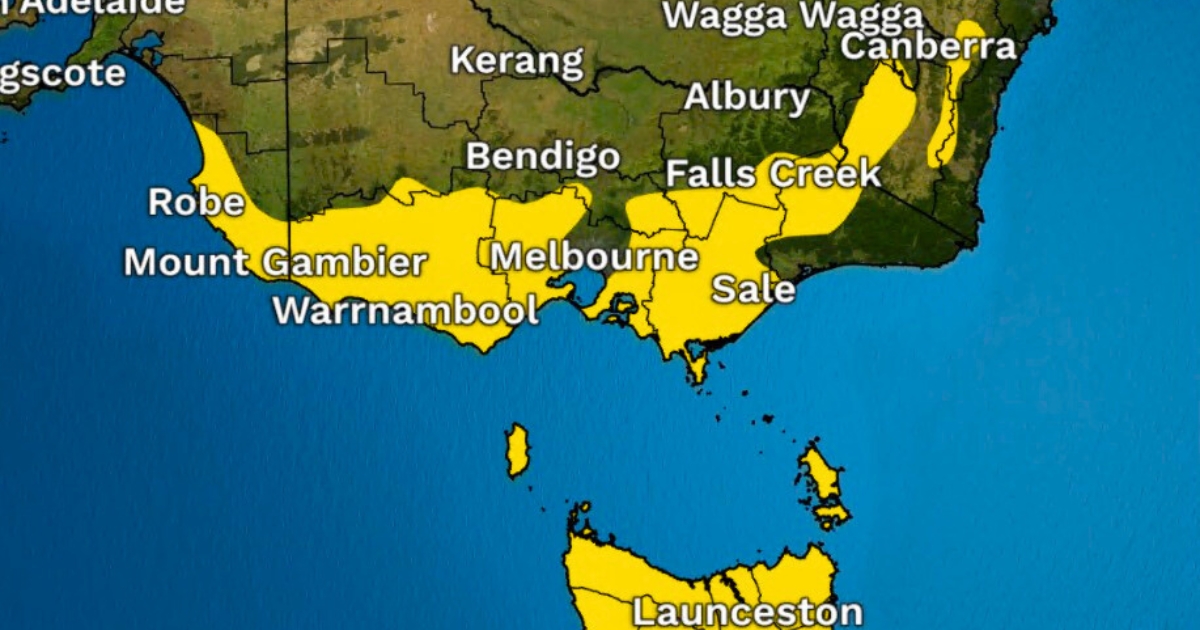Emissions roadmap predicts jobs boost

Clean power: Hydrogen production plants, like this one in Iceland, could help the region reach zero emissions and create new employment opportunities. Photo: FILE
REACHING zero net carbon emissions in the Grampians region by 2050 should have a significant impact on the local jobs market says the organisation behind the plan.
The Grampians New Energy Taskforce said that when taking the collaborative approach outlined in the recently released Roadmap to Zero Emissions for the Grampians Region document, up to 13,500 new jobs could be created.
Bill Mundy from Federation University supports the claim and said that wind farms were just the first wave of new jobs.
“The renewables energy sector shows the employment opportunities that can be created by the transition to zero emissions,” he said.
“Wind farms are only the first step on the journey, there are many more opportunities for change that will deliver jobs and growth to the region while reducing emissions.”
Some of those new employment opportunities could be found in building and manufacturing plant upgrades, new agricultural production systems, as well as training and education.
As part of the push to support the renewables energy sector, Federation University has created courses to help people gain skills needed to be successful in the sector.
Mr Mundy said there were many benefits to having workers who live in the region, as opposed to those who travel in for short periods.
“We want people from within the Grampians region community to be working on these projects rather than importing labour,’ he said.
“For that, we need a local workforce with the right training and qualifications for these emerging industries. It is better for the community and for the project owners if they can easily source local labour with the right training.
“Federation University’s partnership with the renewables industry to offer technical training specific to wind energy generation is only the beginning for education and training in the emerging emissions reduction industry.”
If even a fraction of those predicted 13,500 local jobs are realised, Mr Munday said growth in the renewables sector would benefit Ballarat and the wider region.
“Sectors such as hospitality, healthcare, retail and education will all see the flow-on effects and economic growth will bring more people to live in the region,” he said.
GNET’s Roadmap to Zero Emissions for the Grampians Region was released in late May and charts a way forward to reaching the goal of zero net carbon emissions by 2050.
The document suggests different ways of achieving that aim and has been produced with local governments, industries and individuals in mind, essentially meaning each of those organisations don’t have to reinvent the wheel.
GNET covers local government areas from Moorabool Shire to the South Australian boarder and includes stakeholders from all levels of government as well as industry, education and community groups.


















